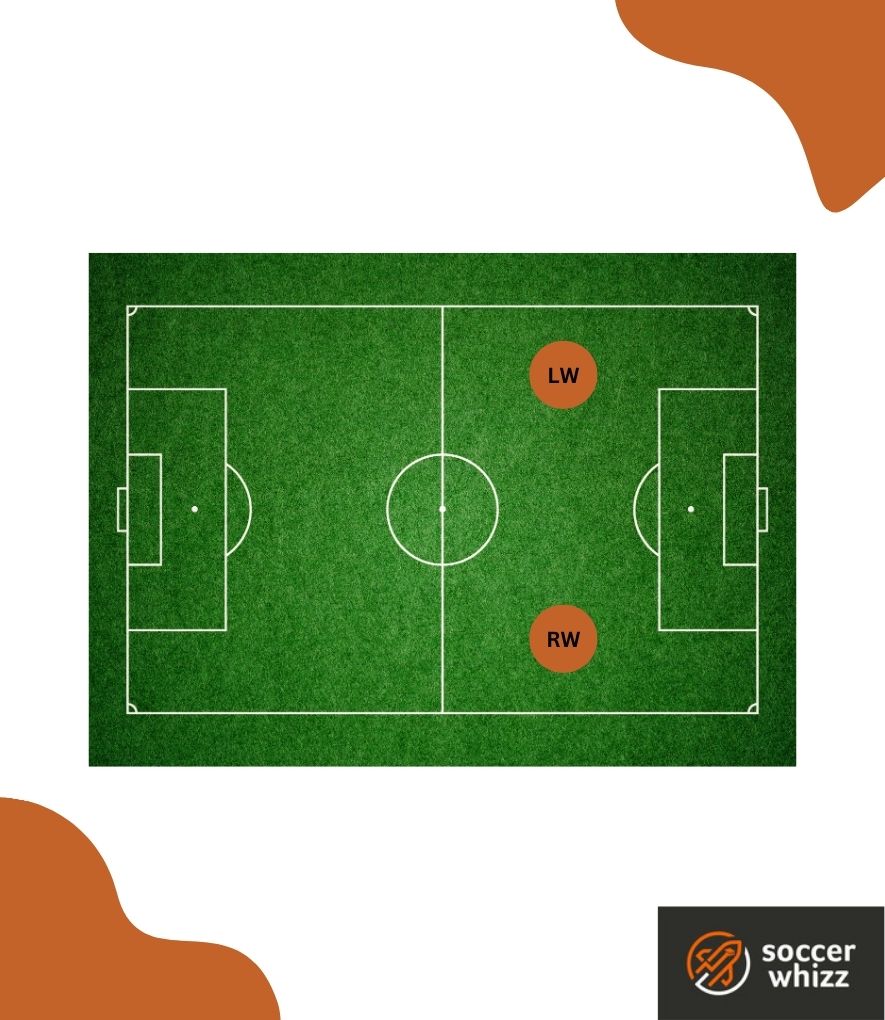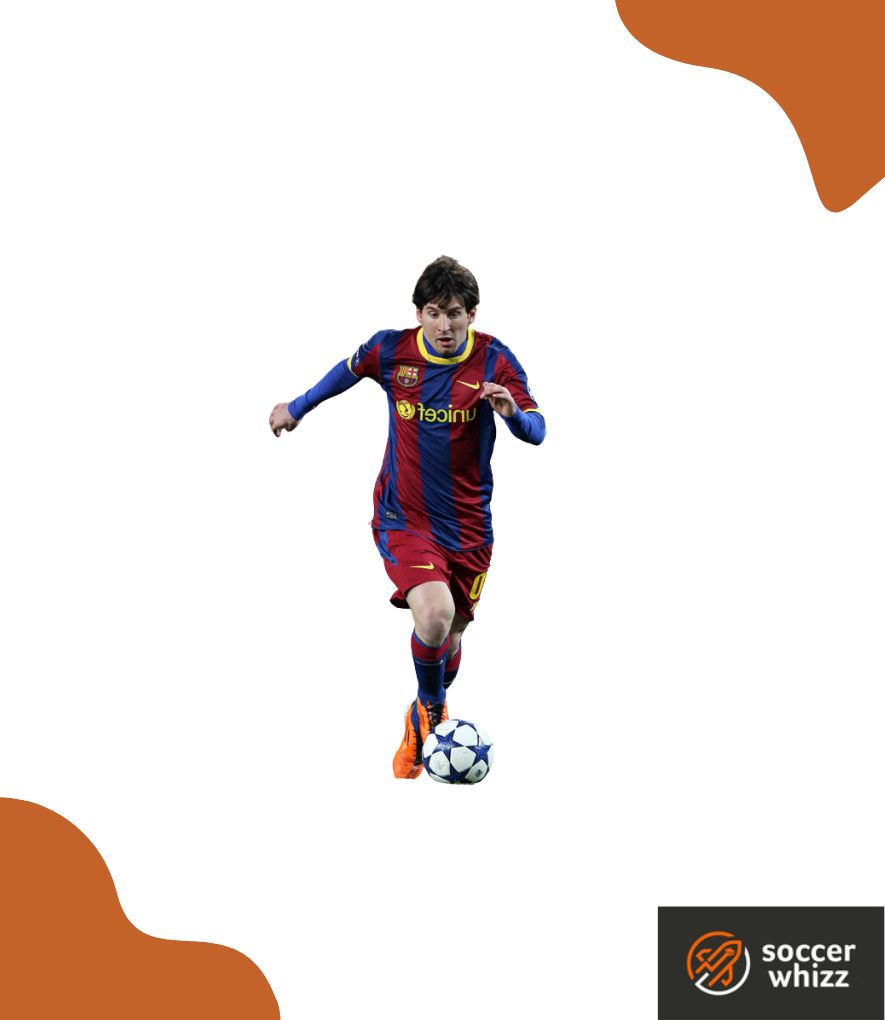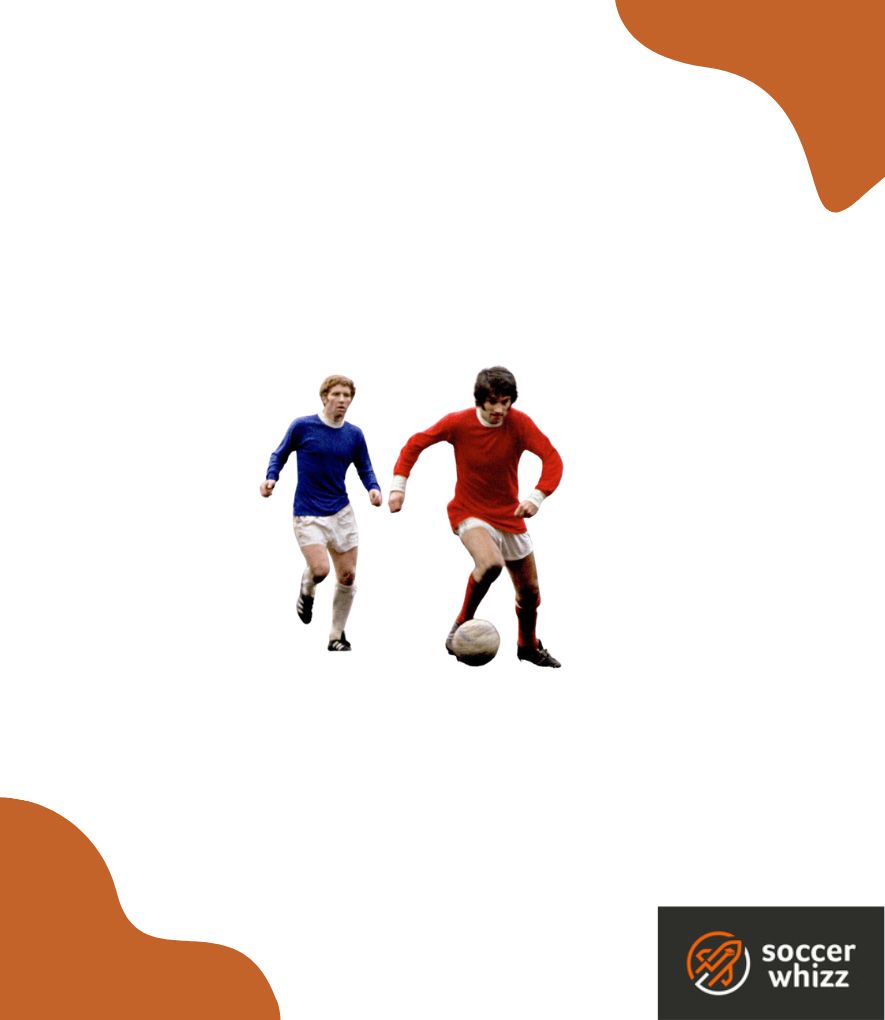In the dynamic world of soccer, where tactics, positions, and player roles intertwine, the winger emerges as a captivating and influential figure on the pitch.
The winger, a versatile and agile player positioned on the flanks, possesses the unique ability to ignite the game with their electrifying speed, precise crosses, and mesmerizing dribbling skills.
In this article, we delve into the intricacies of what it truly means to be a winger in soccer, exploring their role, responsibilities, and the impact they have on shaping the outcome of matches.
From their origins in the sport to the modern-day interpretations of the position, we unravel the essence of wingers and celebrate their vital contribution to the beautiful game.
- Where is the winger positioned on the soccer field?
- What is the job of a winger in soccer?
- Is a winger considered a midfield player?
- What are the qualities of a good soccer winger?
- Which players are regarded as the best wingers in soccer history?
- What is the difference between a winger and a striker?
- Concluding thoughts
Where is the winger positioned on the soccer field?
A winger in soccer assumes a crucial position on the left or right side of the field, commonly referred to as the “wing.” Operating tirelessly along the sidelines throughout the match, their primary objective revolves around providing crucial support to the forwards and creating goal-scoring opportunities.

Each soccer team typically features two wingers, strategically positioned adjacent to the left and right touchlines.
These wingers bear the responsibility of covering the attacking two-thirds of the field, hugging the touchline as they venture forward.
Their presence along the wings serves as a vital element in team tactics, enabling them to stretch the opposition’s defense and facilitate attacking manoeuvres.
What is the job of a winger in soccer?
This position is responsible for a number of crucial on-field roles.
Here’s a look at a few of these:
1. Generate goal scoring chances
During the attacking phase, the team looks to involve the winger, who becomes instrumental in creating shooting opportunities and providing assists for the forwards.

Conversely, in defensive situations, the winger must possess the ability to initiate counterattacks, cutting in from the flanks towards the opposition’s goal.
Effective passing accuracy and skill are vital attributes for wingers, as they play a pivotal role in the team’s offensive prowess.
2. Disorient the organization of defenders
In addition to their role as providers, wingers are tasked with creating space for the forwards to exploit.
They often excel in this aspect, using their positioning and skills to stretch the opposition’s defense most effectively.
By holding the ball out wide on the flank, the winger draws the attention of the opposing fullbacks, forcing them out of position and creating gaps in the center of the field.
This act of “providing width” plays a crucial role in the team’s success.
During attacking plays, wingers strategically peel wide, leaving the space open for the forwards to capitalize on.
The ability to outrun the opposing right back is essential for a winger, especially during counterattacks, as it enables them to stretch the defense and potentially draw fouls from frustrated defenders.
3. Carry the ball and “beat their man”
A good winger will make defenders work hard to win back the ball by varying their patterns of play and movement along the sidelines.
The winger must be able to beat defenders one-on-one and get behind the defense.
This is why you will find that many great wingers are experts at dribbling the ball at speed.

They can bypass the defense with their speed and trickery and play a ball into the forwards that can change a game.
4. Be clinical by scoring goals
The ‘winger’ is not primarily a goal-scoring player, but their contribution in this area is valuable.
They must have a good eye for goal-scoring opportunities and must be able to take advantage of those opportunities.
Wingers may score in any number of ways, from shooting from distance to dribbling the ball past the defense and goalkeeper.
As attacking players, wingers are a valuable asset to any team and will make the team go further.
5. Contribute defensively
A winger must also support the fullback when their team is under attack.
This is a vital part of a winger’s role that many people forget when focusing on this predominantly attacking position.
However, in modern-day soccer, all players need to help out in defense when necessary.
Therefore, a winger needs to fulfill their duties on both ends of the field.
Supporting the defensive positions often looks like tracking the opposing winger as they advance up the field and making an accurate tackle if necessary.
Is a winger considered a midfield player?
A wide midfielder is typically categorized as part of the midfield, distinguishing them from outright forwards or attackers.
As such, they are tasked with a dual function during games. The wide midfielder assumes the responsibility of maintaining width in the midfield, effectively stretching the play for their team, while also offering support at both defensive and offensive ends of the pitch.
On the other hand, a winger primarily operates as an attacking player, with their main objective being to generate goals and assists for their team.
Unlike the wide midfielder, the winger’s role is more focused on offensive contributions, utilizing their skills and positioning to provide significant impact in the final third of the field.
What are the qualities of a good soccer winger?
There are many physical and mental attributes that separate your run-of-the-mill wingers from the really great ones.
Let’s now take a look at some of these factors in turn.
Speed
A winger’s position demands frequent bursts of speed in both offensive and defensive situations, especially during counter-attacks.
A proficient winger must possess the ability to accelerate rapidly and sustain high speeds over long distances.
The presence of exceptional speed can leave opposing defenders helpless and create scoring opportunities by swiftly advancing towards the goal.
Dribbling
Upon receiving the ball on the sideline, wingers are often driven by a single objective — dribbling past opponents.
The ability to outmanoeuvre defenders and penetrate the opposing team’s defense is crucial for wingers.

This requires skillfully controlling the ball, swiftly moving it away from their feet, and seamlessly manoeuvring into open spaces where they can execute crosses, shots, or passes with precision.
Crossing
The role of a winger primarily revolves around providing accurate deliveries into the attacking penalty box from wide positions.
Consequently, a skilled winger must excel at crossing the ball.
However, this skill extends beyond simply launching the ball into the box from long distances.
It involves the ability to execute precise and targeted passes, ensuring they reach goal-scoring areas with accuracy and precision.
A proficient winger possesses the vision and technical finesse to deliver the ball with precision, maximizing the team’s chances of converting these opportunities into goals.
Which players are regarded as the best wingers in soccer history?
We’ll leave you with a roundup of our top three, in no particular order:
1. Lionel Messi
Operating on either flank, Messi exhibited a penchant for cutting inside from the wing, resulting in remarkable goals or providing assists to his teammates.

His exceptional dribbling prowess and knack for evading tackles established him as one of the most formidable attackers in global soccer.
Messi’s ability to navigate past defenders with finesse elevated his effectiveness and solidified his reputation as a potent force in the sport.
2. Cristiano Ronaldo
In his role as a winger, Ronaldo was simply unstoppable.
His lightning-fast pace, combined with an arsenal of tricks and turns, made him a formidable force on the field.

With sheer power and determination, he could effortlessly bypass defenders, resembling a forceful freight train charging towards the goal.
Ronaldo’s exceptional attributes as a winger left opponents in awe and established his dominance in the game.
3. George Best
Despite enduring relentless and aggressive tackles from opponents, Best consistently showcased his resilience and skill on the field.

He would frequently emerge from these encounters with the ball, embarking on mesmerizing runs that left three or four players in his wake, ultimately culminating in either a goal of his own or an assist for a teammate.
Best’s ability to navigate through challenges and maintain control exemplified his remarkable talent and made him a remarkable force in the game.
What is the difference between a winger and a striker?
In soccer, the positions of a winger, striker, and forward each have distinct characteristics that set them apart.
While there may be some similarities between these roles, their primary distinction lies in their position on the field and their specific responsibilities within the team.
A winger’s role entails operating on the outer edges of the field, primarily focused on providing crosses and creating scoring chances for the striker and other attacking teammates.
On the other hand, a striker assumes the furthest forward position in the team, with their primary objective being to score the majority of the team’s goals.
They are at the forefront of the attacking line, consistently seeking opportunities to find the back of the net. In broader terms, a forward refers to any attacking player within the team, encompassing both wingers and strikers.
Their collective objective is to contribute to the team’s offensive efforts and create scoring opportunities.
Concluding thoughts
A winger in soccer holds a pivotal role within a team’s tactical framework.
Positioned on the outer edges of the field, the winger combines speed, skill, and precision to create goal-scoring opportunities for their teammates.
They are expected to deliver accurate crosses, dribble past defenders, and contribute to the team’s attacking prowess.
Wingers are not only providers but also goal threats themselves, often cutting inside to score spectacular goals.
Their ability to stretch the opposition’s defense, provide width, and maintain offensive fluidity makes them a crucial asset to any team.
Overall, the dynamic and versatile nature of wingers adds an exciting dimension to the game, and their impact can greatly influence the outcome of matches.
For more tactical reads, have a look at the following articles:
- what a midfielder position in soccer represents;
- what the fullback role in soccer is all about;
- the soccer sweeper role explained; and
- what a false 9 in soccer does
If you enjoy the content that I create and would like to buy me a coffee, then I’d really appreciate it!
Any money that I earn through this donation will be re-invested into more content for this website.
Additionally, by sending in a donation you’ll also receive a copy of my recently released 190+ page eBook on Soccer Ball Care, as well as be subscribed to our mailing list where you’ll be regularly informed on the latest developments concerning the Soccer Whizz blog.
- Future Icons: Europe’s Emerging Midfield Maestros Set for Glory - December 4, 2023
- Kickstarting a Revolution: How Soccer Transformed the United States Over the Last Four Years - October 7, 2023
- 4-1-4-1 Soccer Formation [Analysis] - September 23, 2023

